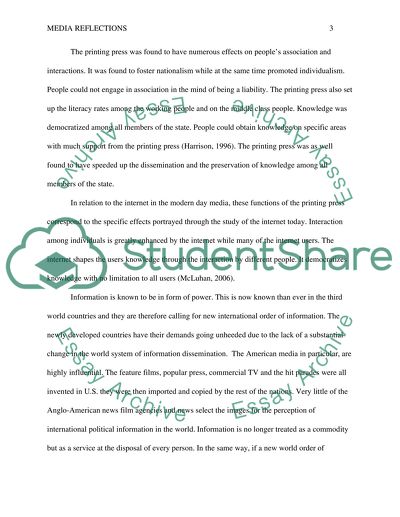Cite this document
(“Media Reflections Assignment Example | Topics and Well Written Essays - 2500 words”, n.d.)
Retrieved from https://studentshare.org/journalism-communication/1492717-media-reflections-assignment
Retrieved from https://studentshare.org/journalism-communication/1492717-media-reflections-assignment
(Media Reflections Assignment Example | Topics and Well Written Essays - 2500 Words)
https://studentshare.org/journalism-communication/1492717-media-reflections-assignment.
https://studentshare.org/journalism-communication/1492717-media-reflections-assignment.
“Media Reflections Assignment Example | Topics and Well Written Essays - 2500 Words”, n.d. https://studentshare.org/journalism-communication/1492717-media-reflections-assignment.


